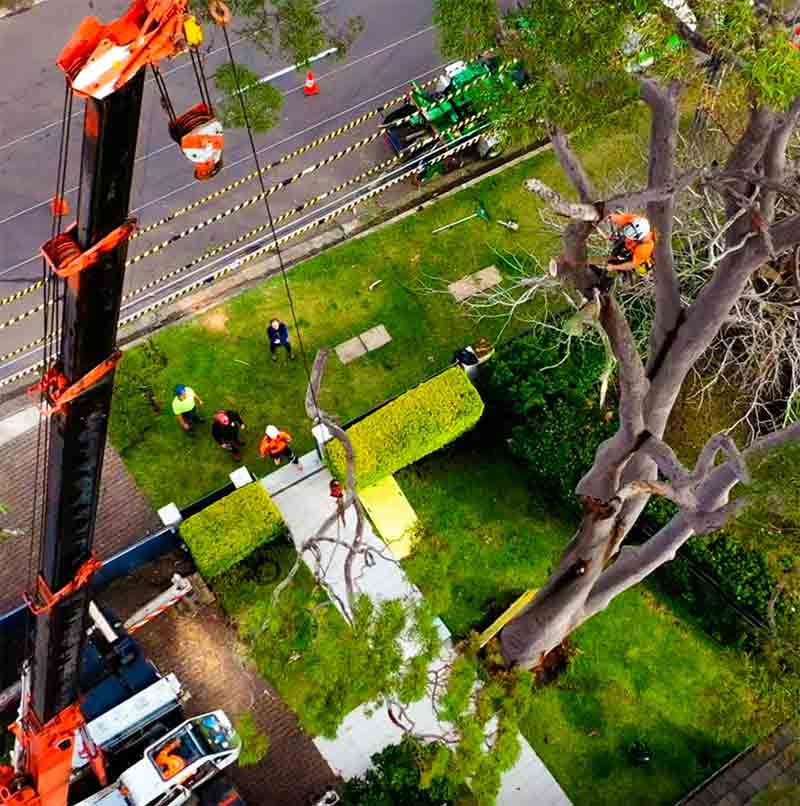All Categories
Featured
The removal of trees can develop open areas that are at risk to weed invasion. When trees exist, their thick canopies often shade the ground, limiting the quantity of sunshine that gets to the soil. After the elimination of trees, these open areas receive boosted sunshine, supplying suitable problems for weed growth.

They may advise the use of mulch, which acts as a protective barrier on the dirt surface, protecting against weed seeds from germinating and reducing weed growth.

The presence of trees fosters a rich and diverse neighborhood of soil microorganisms. Tree roots provide a resource of organic matter, exudates, and nutrients that support the development and activity of helpful dirt bacteria. When trees are gotten rid of, the lack of their roots can interrupt the delicate equilibrium of the soil's microbial community.
What Is The Best Tree Services Wollongong Product?
This adjustment in pH can influence vitamins and mineral accessibility, microbial task, and overall soil health. To deal with the effects of tree reducing on soil pH, tree elimination professionals can provide important advice. They may suggest dirt testing to analyze the present pH levels and figure out the required modifications. Based on the results, specialists can recommend pH adjustment methods, such as adding lime to elevate dirt pH or incorporating elemental sulfur to decrease it.

It describes the compression of soil bits, leading to reduced pore room and increased soil thickness. This compaction can negatively impact the soil's capacity to work ideally, affecting its water-holding ability, vitamins and mineral accessibility, and origin infiltration. Correct strategies employed by tree elimination experts can help lessen compaction and protect the dirt's ability to preserve water, and permit adequate air flow and careful tools handling.
Latest Posts
What Is The Best Arborist Wollongong Company Near Me
What Is The Best Arborist Wollongong Company?
Who Has The Best Arborist Wollongong Service?